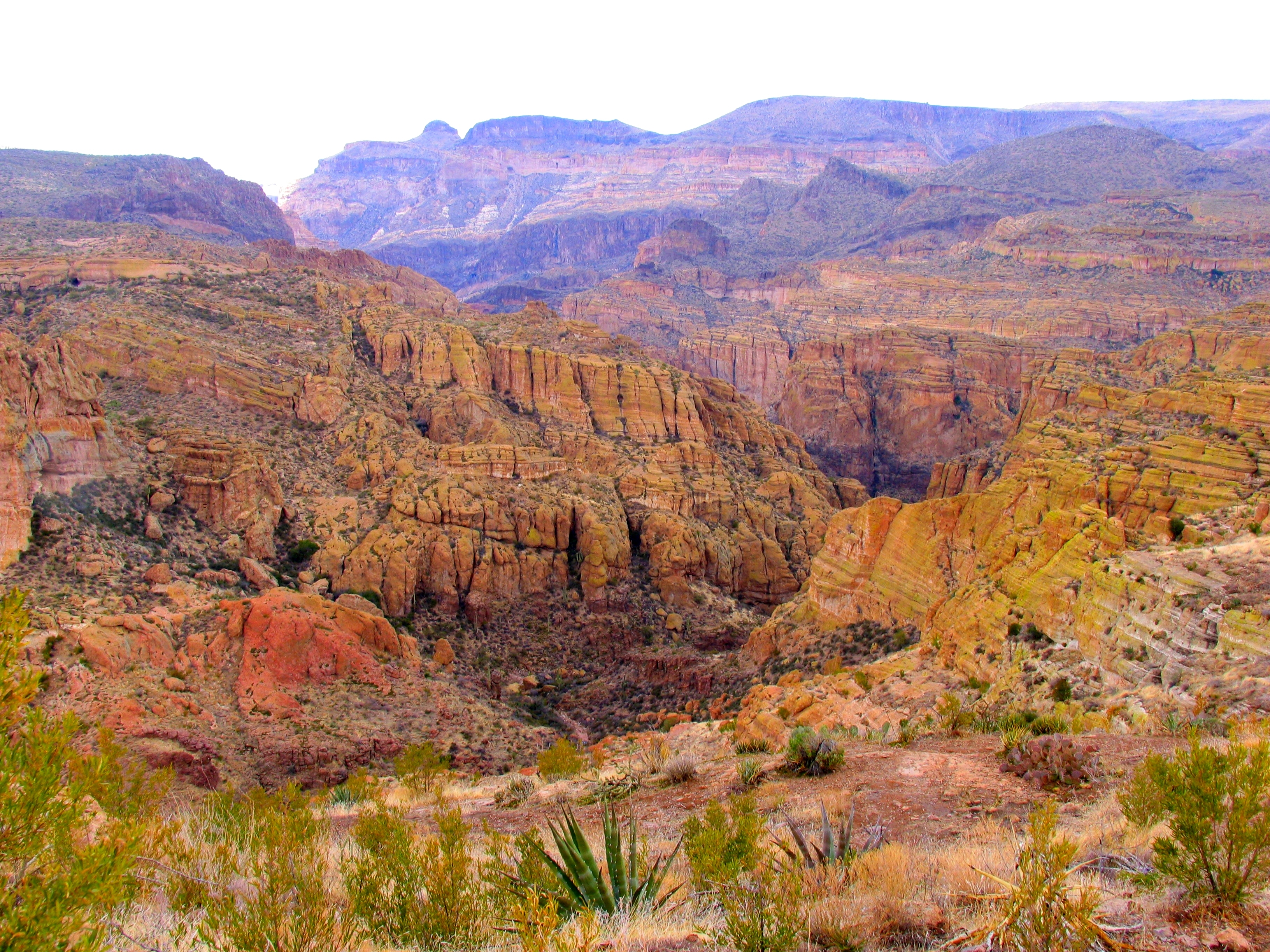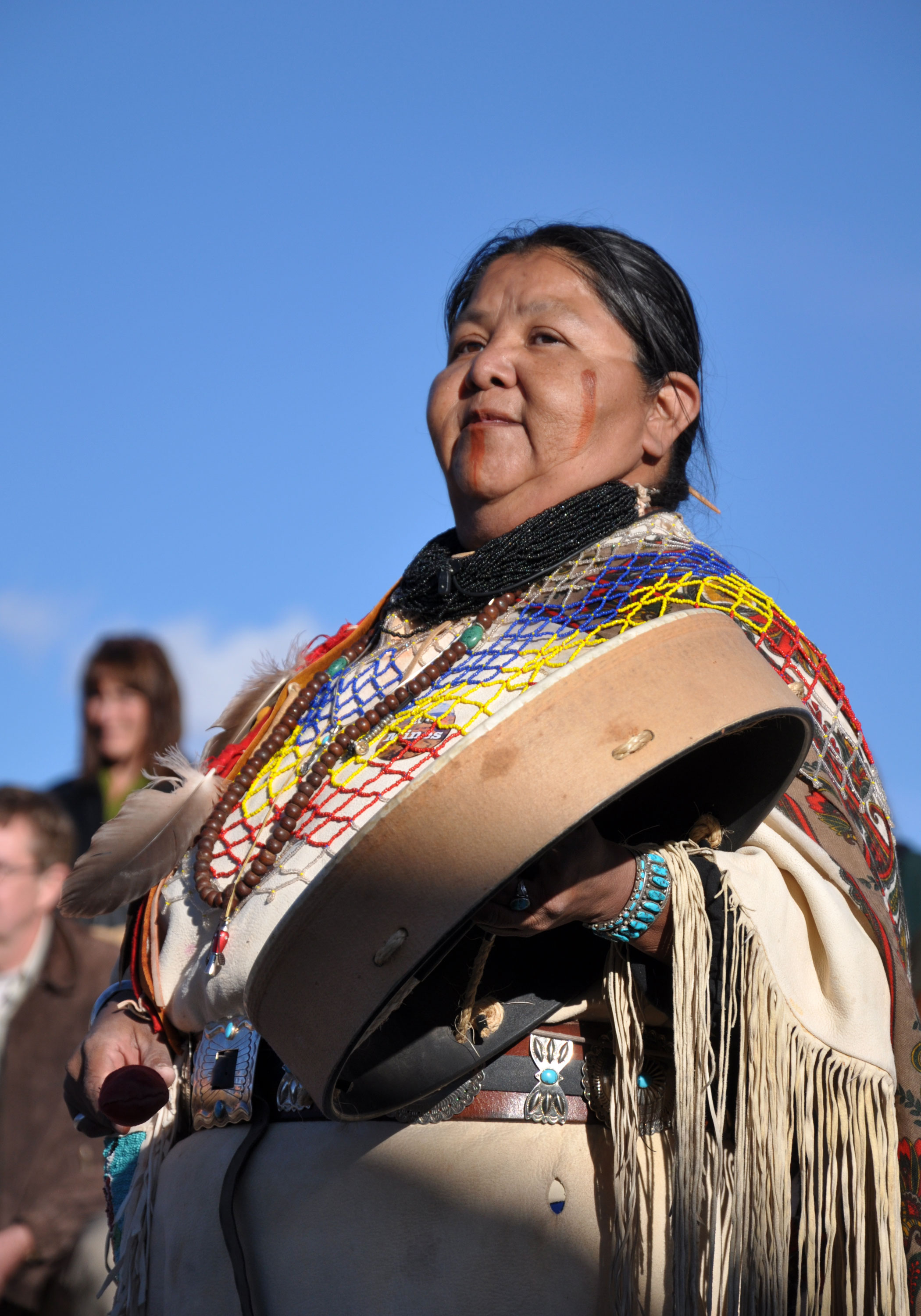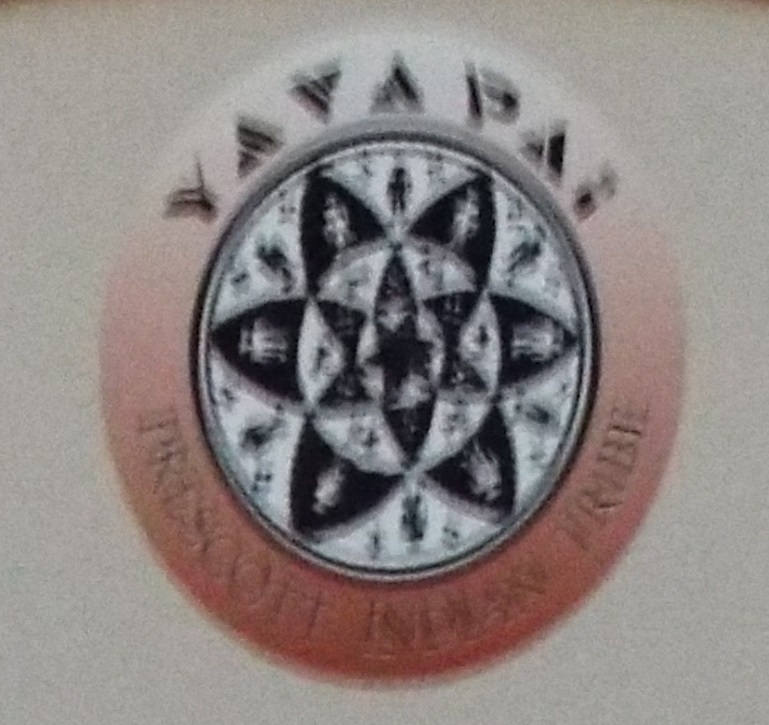|
Indigenous Languages Of Arizona
Arizona, a state in the southwestern region of the United States of America, is known for its high population of Native Americans in the United States, Native Americans. Arizona has the third highest number (and the sixth highest percentage) of Native Americans of any state in the Union (See Demographics of Arizona). Out of the entire US population of 2.9 million Native Americans, 2010 Census Bureau roughly 286,680 live in Arizona, representing 10% of the country's total Native American population. Only California and Oklahoma have more Native Americans than Arizona by number. Arizona also has the highest proportion of land allocated to Native American reservations, at 28%. Arizona has five of the twelve List of largest Indian reservations, largest Indian reservations in the United States, including the largest, the Navajo Nation, and the third-largest, the Tohono O'odham Nation. Also, Arizona has the largest number of Native American language speakers in the United States. Distrib ... [...More Info...] [...Related Items...] OR: [Wikipedia] [Google] [Baidu] |
San Carlos Apache
The San Carlos Apache Indian Reservation ( Western Apache: Tsékʼáádn), in southeastern Arizona, United States, was established in 1872 as a reservation for the Chiricahua Apache tribe as well as surrounding Yavapai and Apache bands removed from their original homelands under a strategy devised by General George Crook of setting the various Apache tribes against one another. Once nicknamed "Hell's Forty Acres" during the late 19th century due to poor health and environmental conditions, modern San Carlos Apaches operate a Chamber of Commerce, the Apache Gold and Apache Sky Casinos, a Language Preservation program, a Culture Center, and a Tribal College. History On December 14, 1872, President U.S. Grant established the San Carlos Apache Reservation. The government gave various religious groups responsibility for managing the new reservations, and the Dutch Reformed Church was in charge of the San Carlos Apache Indian Reservation. The church chose John Clum, who turned down t ... [...More Info...] [...Related Items...] OR: [Wikipedia] [Google] [Baidu] |
Hualapai People
The Hualapai ( , ) are a federally recognized Native American tribe in Arizona with about 2300 enrolled citizens. Approximately 1353 enrolled citizens reside on the Hualapai Reservation, which spans over three counties in Northern Arizona ( Coconino, Yavapai, and Mohave). The name, meaning "people of the tall pines", is derived from , the Hualapai word for ponderosa pineThe Hualapai Tribe Website Accessed 2020-01-16 and "people". Their traditional territory is a stretch along the pine-clad southern side of the and the with the tribal capital at [...More Info...] [...Related Items...] OR: [Wikipedia] [Google] [Baidu] |
Havasupai People
The Havasupai people (Havasupai: ''Havsuw' Baaja'') are a Native American people and tribe who have lived in the Grand Canyon for at least the past 800 years. Their name means "people of the blue-green water", referring to Havasu Creek, a tributary of the Colorado. Located primarily in an area known as Havasu Canyon, this Yuman-speaking population once laid claim to an area the size of Delaware (). In 1882, however, the United States federal government forced the tribe to abandon all but of its land. A silver rush and the Atchison, Topeka and Santa Fe Railway in effect destroyed the fertile land. Furthermore, the inception of the Grand Canyon as a national park in 1919 pushed the Havasupai to the brink, as their land was consistently being used by the National Park Service. Throughout the 20th century, the tribe used the US judicial system to fight for the restoration of the land. In 1975, the tribe succeeded in regaining approximately of their ancestral land with the pass ... [...More Info...] [...Related Items...] OR: [Wikipedia] [Google] [Baidu] |
Yavapai-Prescott Tribe
The Yavapai-Prescott Indian Tribe (Yavapai language: Wiikvteepaya), formerly known as the Yavapai-Prescott Tribe of the Yavapai Reservation, a federally recognized tribe of Yavapai people. Fewer than 200 people are enrolled in the tribe. Reservation The Yavapai reservation is approximately in central Yavapai County in west-central Arizona. In the early 1930s, Sam Jimulla and his wife Viola Jimulla, with community support, pushed the government to provide reservation lands for the tribe, as they had been unable to secure federal funds for a housing project. In 1935, 75 acres of the former Fort Whipple, Arizona were set aside as a reservation. Continued pressure from the tribe resulted in an additional 1320 acres being conferred on the tribe in 1956. Government Simultaneously with the creation of a reservation, the government pressed for the Prescott Yavapai to accept the terms of the Indian Reorganization Act, but the tribe rejected the move away from a hereditary chief and ... [...More Info...] [...Related Items...] OR: [Wikipedia] [Google] [Baidu] |
Yavapai People
The Yavapai ( ) are a Native Americans in the United States, Native American tribe in Arizona. Their Yavapai language belongs to the Upland Yuman languages, Yuman branch of the proposed Hokan languages, Hokan language family. Today Yavapai people are enrolled in the following federally recognized tribes: * Fort McDowell Yavapai Nation * Yavapai-Apache Nation of the Camp Verde Indian Reservation * Yavapai-Prescott Indian Tribe. The Yavapai historically controlled about 10 million acres of land in west-central Arizona. Their lands bordered the San Francisco Peaks to the north, the Pinaleno Mountains and Mazatzal Mountains to the southeast, and the Colorado River to the west, and almost to the Gila River and the Salt River (Arizona), Salt River to the south. The Yavapai historically were divided into geographically distinct bands or subtribes: * Kewevkepaya, Gwev G’paaya (southeastern) * Tolkepaya,Braatz''Surviving Conquest'' p. 27. Tolkepaye (western) * Wipukepa, Wiipukpaa (nor ... [...More Info...] [...Related Items...] OR: [Wikipedia] [Google] [Baidu] |
Yuman Languages
The Quechan ( Quechan: ''Kwatsáan'' 'those who descended'), or Yuma, are a Native American tribe who live on the Fort Yuma Indian Reservation on the lower Colorado River in Arizona and California just north of the Mexican border. Despite their name, they are not related to the Quechua people of the Andes. Members are enrolled in the Quechan Tribe of the Fort Yuma Indian Reservation. The federally recognized Quechan tribe's main office is located in Winterhaven, California. Its operations and the majority of its reservation land are located in California, United States. History The historic Yuman-speaking people in this region were skilled warriors and active traders, maintaining exchange networks with the Pima in southern Arizona, New Mexico, and with peoples of the Pacific coast. The first significant contact of the Quechan with Europeans was with the Spanish explorer Juan Bautista de Anza and his party in the winter of 1774. Relations were friendly. On Anza's ret ... [...More Info...] [...Related Items...] OR: [Wikipedia] [Google] [Baidu] |
Yavapai Language
Yavapai is an Upland Yuman language, spoken by Yavapai people in central and western Arizona. There are four dialects: Kwevkepaya, Wipukpaya, Tolkepaya, and Yavepe. Linguistic studies of the Kwevkepaya (Southern), Tolkepaya (Western), Wipukepa (Verde Valley), and Yavepe (Prescott) dialects have been published (Mithun 1999:578). Geographic distribution Yavapai was once spoken across much of north-central and western Arizona, but is now mostly spoken on the Yavapai reservations at Fort McDowell, the Verde Valley and Prescott. The rate of mutual comprehension between Yavapai and Havasupai–Hualapai is similar to that between Mohave and Maricopa (Biggs 1957). Warren Gazzam, a Tolkapaya speaker, reported that "you know they (Hualapais) speak the same language as we do, some words or accents are a little different". Due to extensive cultural interchange, many Yavapai were once bilingual in Apache The Apache ( ) are several Southern Athabaskan language-speaking people ... [...More Info...] [...Related Items...] OR: [Wikipedia] [Google] [Baidu] |
Tonto Apache People
The Tonto Apache Tribe of Arizona or Tonto Apache () is a federally recognized tribe of Western Apache people located in northwestern Gila County, Arizona. The term "Tonto" is also used for their dialect, one of the three dialects of the Western Apache language, a member of Southern Athabaskan language family. The Tonto Apache Reservation is the smallest land base reservation in the state of Arizona. Name Endonym The name ''Dilzhę́’é'' is a Western Apache name that may translate as "people with high-pitched voices," but the etymology is unclear. The Dilzhe’e Apache refer to themselves ( endonym or autonym) as ''Dilzhę́’é'', as do the San Carlos Apache. The Western Apache from Bylas use the word ''Dilzhę́’é'' to refer to both the San Carlos and Tonto Apache groups. Exonym The White Mountain Apache use the term ''Dilzhę́’é'' to refer to the Bylas, San Carlos, and Tonto Apache. The Chiricahua called the Tonto Apache Ben-et-dine, Binii’e’dine’ o ... [...More Info...] [...Related Items...] OR: [Wikipedia] [Google] [Baidu] |
Fort McDowell Yavapai Nation
The Fort McDowell Yavapai Nation (Yavapai: A'ba:ja), formerly the Fort McDowell Mohave-Apache Community of the Fort McDowell Indian Reservation, is a federally recognized tribe and Indian reservation in Maricopa County, Arizona about northeast of Phoenix. The reservation was officially created on September 15, 1903, by executive order, on a small parcel carved from the ancestral lands of the Yavapai people, encompassing . The acreage had been part of the Fort McDowell Military Reserve, which had been an important outpost during the Apache Wars. The original inhabitants of the reservation were members of the kwevikopaya, or Southeastern Yavapai, who lived in the nearby Mazatzal-Four Peak and Superstition Mountains area. In the 1970s, there was a proposal to build a dam at the confluence of the Verde and Salt Rivers. Due to the negative effects such a dam would have had on the reservation, the community voted not to sell the land for the dam to the federal government. What would ... [...More Info...] [...Related Items...] OR: [Wikipedia] [Google] [Baidu] |






